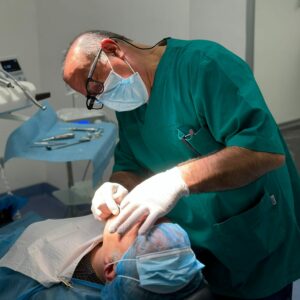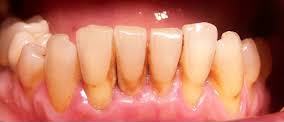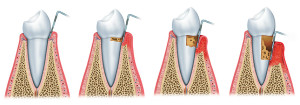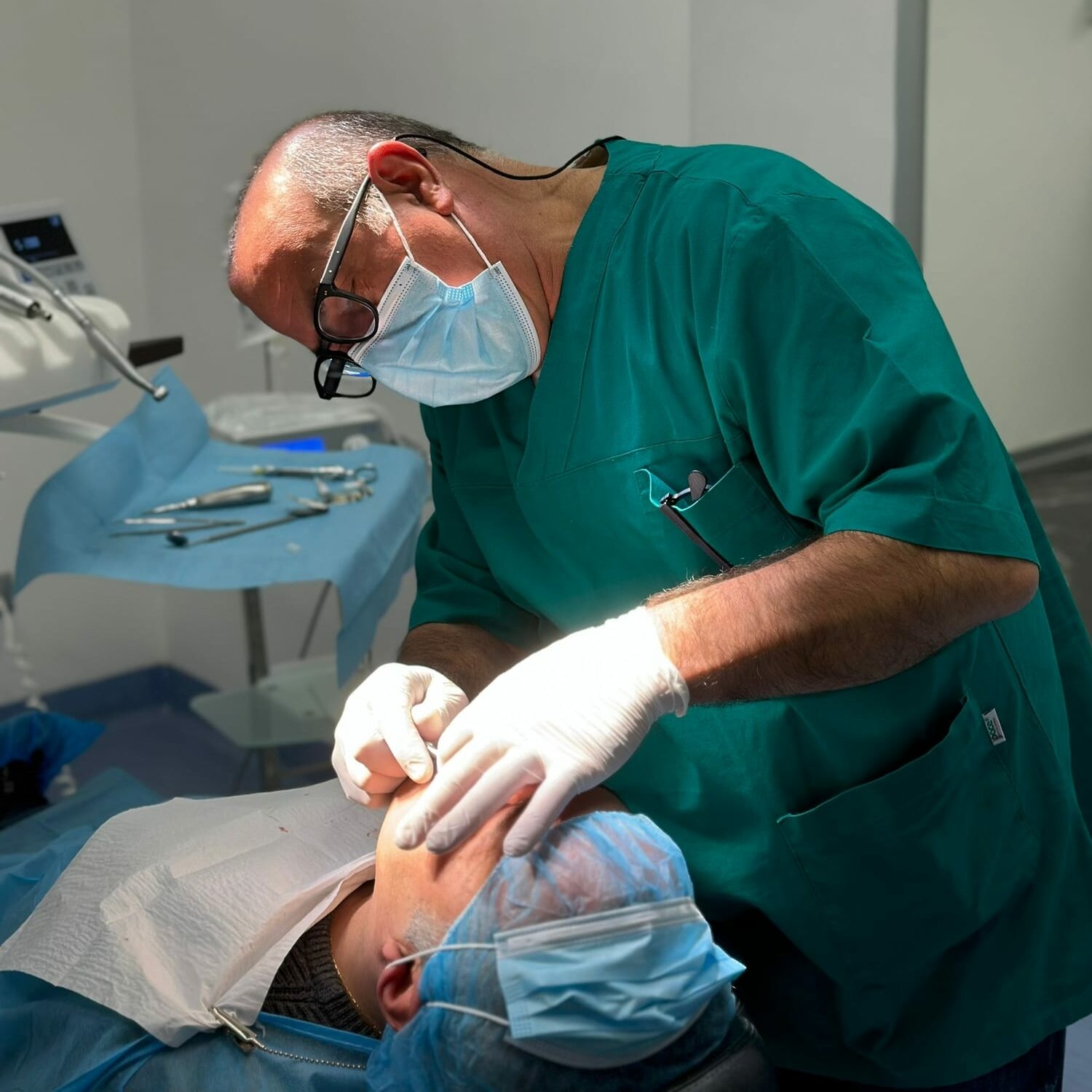When a patient approaches an implant surgery one of the conditions for the success of osseointegration is primary stability. Today, new innovative techniques can increase primary stability without invasive interventions.
The importance of primary stability
Good primary stability consists of optimal starting conditions of the patient in terms of:
- bone density;
- bone thickness.
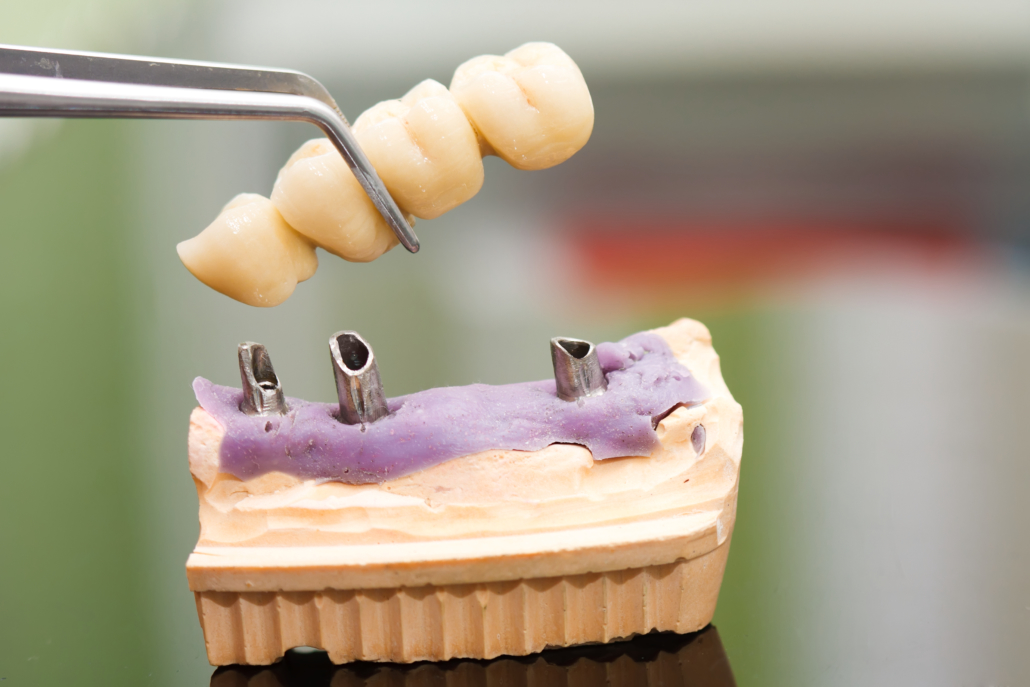
These two properties of the alveolar bone, in optimal conditions, allow the dental implant to anchor correctly, favoring an effective osseointegration process in immediate loading implantology.
On the contrary, poor primary stability could make the osseointegration phase more complicated.
Increase primary stability
Modern dentistry and, in particular the field of implantology, operate today with sophisticated techniques thanks to which the success rate of an intervention for the replacement of fallen teeth is very high.
Furthermore, dental techniques are less and less invasive and the dentist / pain combination is now a thing of the past.
A recent study is based on these premises which aims to introduce an alternative method capable of increasing the primary stability of a patient through a pulsed electromagnetic field.
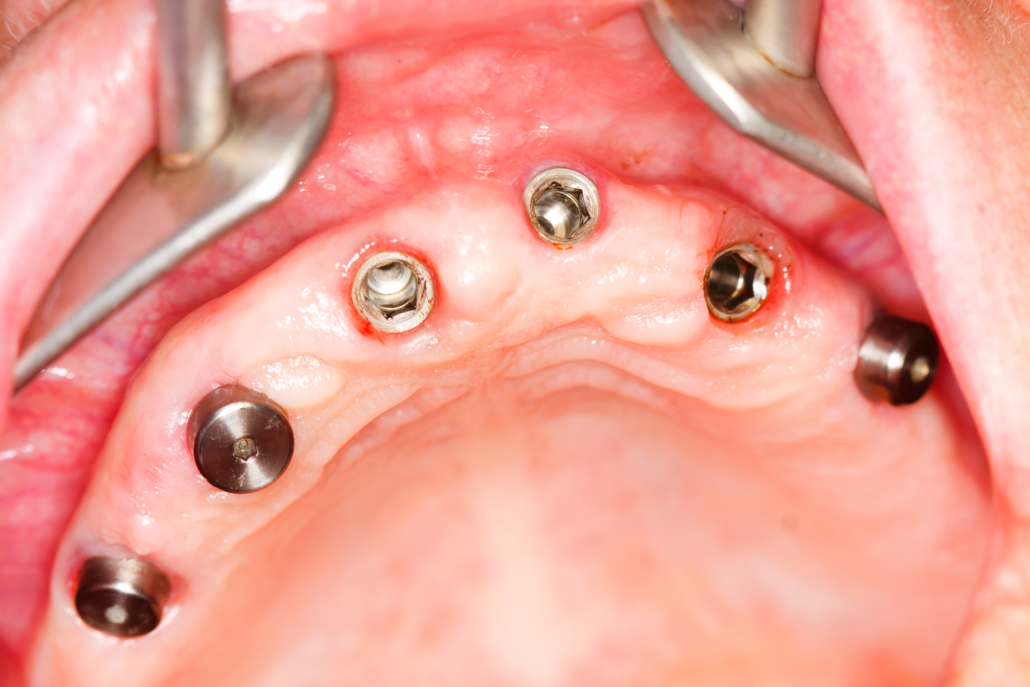
The stimulation through the pulsed electromagnetic field could increase the regeneration of the bone tissue and therefore the primary stability.
Research data
For the application of the pulsed electromagnetic field in dentistry, 19 subjects were considered for 40 dental implants in total.
For the study, the sample was randomly divided into two groups, one in which the pulsed electromagnetic field was applied and the other only a control group.
In the group in which the new technique was applied to increase primary stability, an activated miniaturized electromagnetic device (MED) was inserted in the patients, while in the control group only the healing screw.
Both groups, after the implant surgery, were placed under monitoring for the evaluation of the primary stability index.
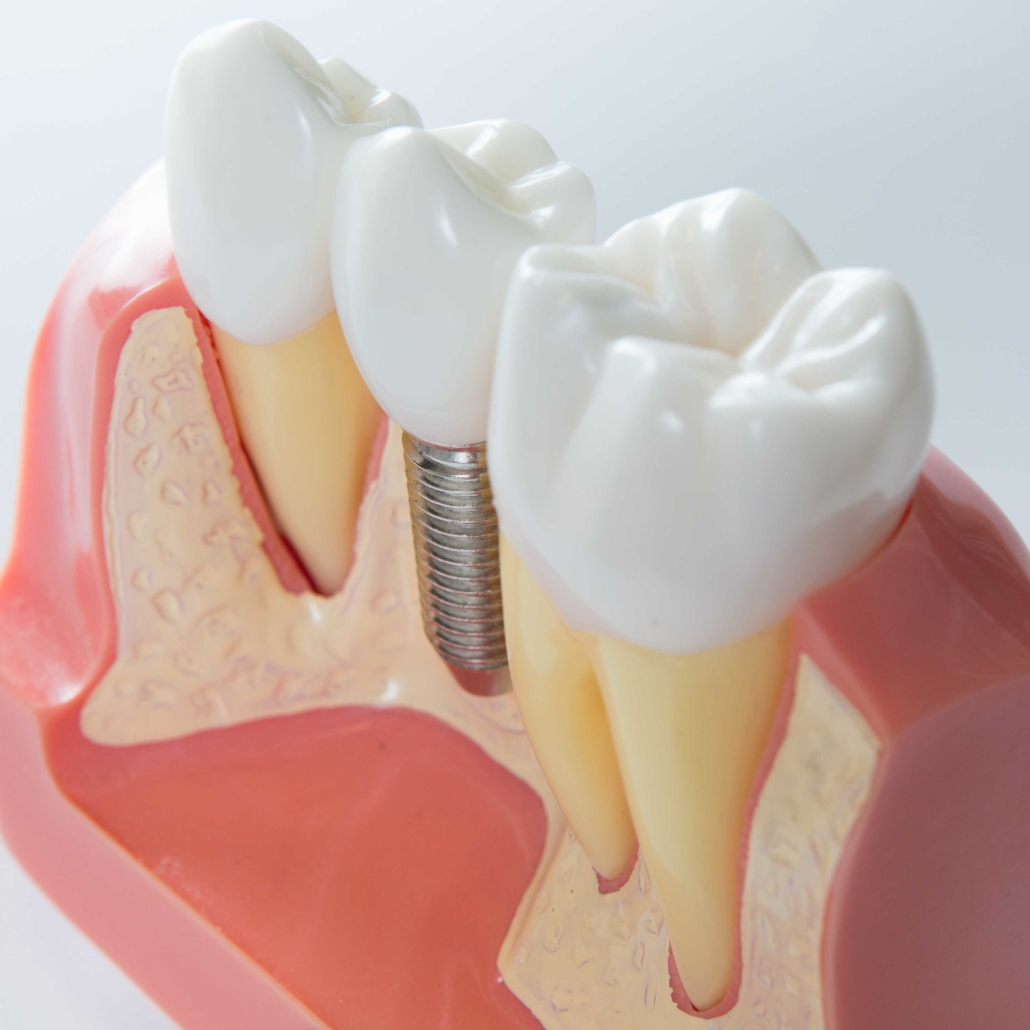
New technique to increase primary stability: the results
In the group in which the activated miniaturized electromagnetic device was inserted, the mean values of primary stability were higher than in the control group.
The difference in terms of percentage between the two groups was + 13% in the patients on whom the pulsed electromagnetic field was applied.
The hypothesis is therefore emerging, which will have to be confirmed by other studies, that the application of a miniaturized electromagnetic device can increase primary stability in patients who undergo immediate loading implant surgery.





